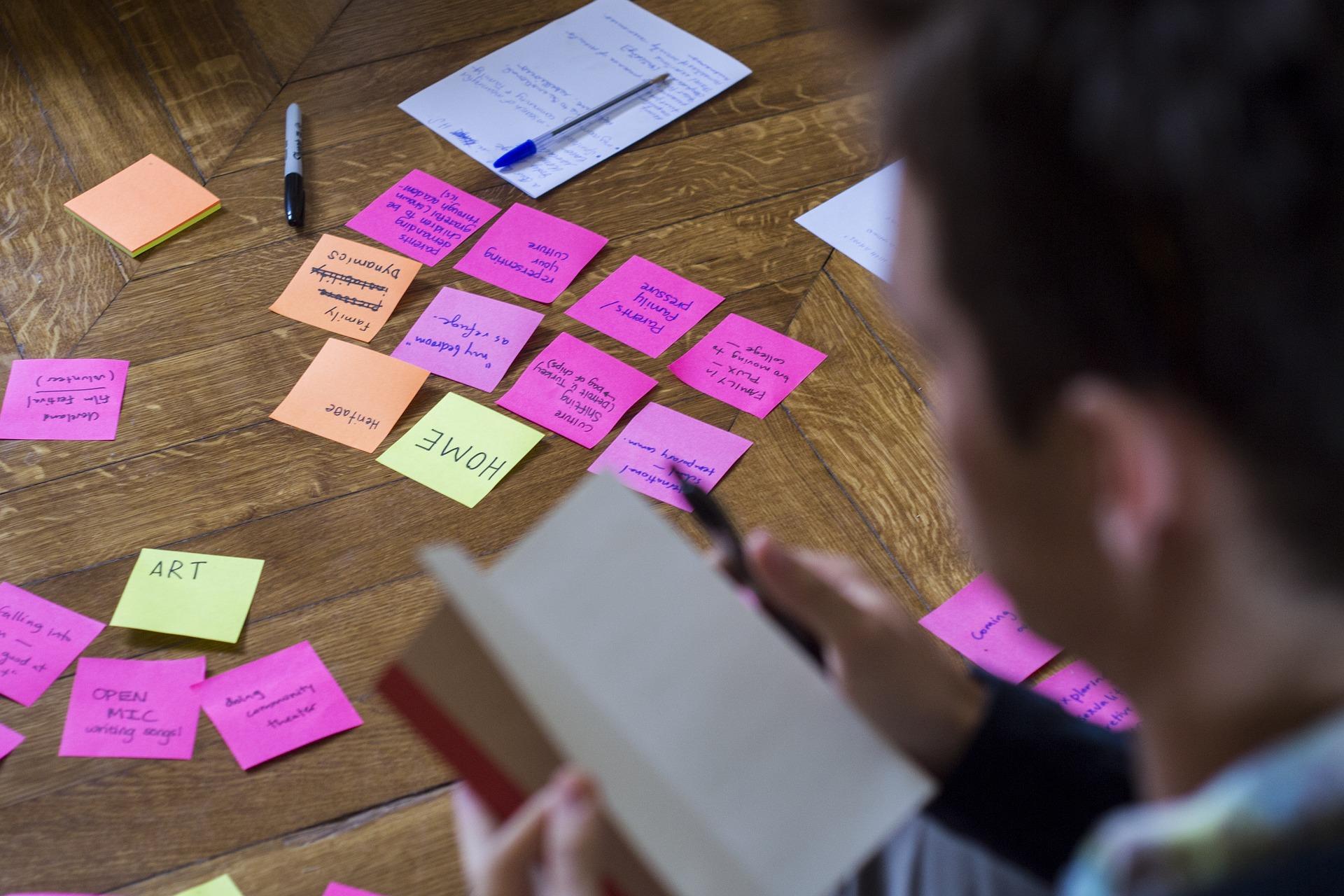Client case
Gaining confidence in the new accounting software
Problem
The auditor of a client in the semi-public sector had to do its audit based on manual procedures as it could not rely on automated processes in the accounting system. The work of both the auditor and the organisation therefore was costly and time-consuming.
Partly for this reason, the customer needed new financial accounting software. The organisation had opted for a standard cloud solution. Furthermore, the IT landscape consisted of various systems relevant to its financial transactions and business operations. In order to achieve correct data processing, a lot of attention needed to be paid to the interfaces between the various systems. During these developments, the customer wanted to know whether the system met the requirements and could guarantee reliable data processing.
The client asked for an independent review on the implementation process, the design of the business processes in the ERP system, the way in which the management and IT controls were set up, and the quality of the interfaces between different systems.
Ferry is a specialist in this area. Through his excellent knowledge of various standards relating to financial processes, control measures and project management, Ferry was able to identify the relevant risks and points of attention and to propose concrete improvements.

Approach
During the implementation of a centralised IT solution, stakeholders from different functions and departments are involved. Each of them has knowledge of their own field. In addition, each of them has their own wishes and priorities. In many cases, an objective and risk-aware view is lacking and it remains difficult to oversee the whole.
In order to deliver useful advise, we started by understanding the processes within the organisation. Our knowledge of best practice frameworks for IT, project and financial processes combined with our insight into the IT landscape was the basis for our questions during interviews.
Asking critical and direct questions to various stakeholders within the organisation contributes to two goals. Not only an integral picture of the current and desired implementation was formed, it also created awareness of risks and mitigating measures and opened the dialogue between the different functions and departments.
Ferry therefore paid a lot of attention to involving the relevant people and initiating valuable dialogues about the implementation of the system. Before the report was issued, the organisation already had insights from different standards to take next steps and realise the implementation.
Results
The independent review ensured that the client was aware of the risks within the project, the financial business processes and also the IT management system. Even before the system went into production, measures had been taken and processes improved based on best practice standards. Thanks to these points of reference and controls, the client had more confidence in the reliability of the data processing. In addition, the possibilities for automation were optimally used and the involvement and knowledge of the new system increased significantly.
Decisive factors during this project
Substantive knowledge of project management, financial processes as well as IT management is a necessary factor for a thorough and integrated assessment. However, in addition to substantive expertise, it is just as important to understand the different perspectives and factors within an organisation. Creating awareness and providing guidance during the review ensures that dialogue takes place between different departments so that the right decisions are taken. Involving all relevant stakeholders and carefully considering different perspectives is what made the project a success. At Next Ready Partners we stand for a perfect balance between process, content and people.














